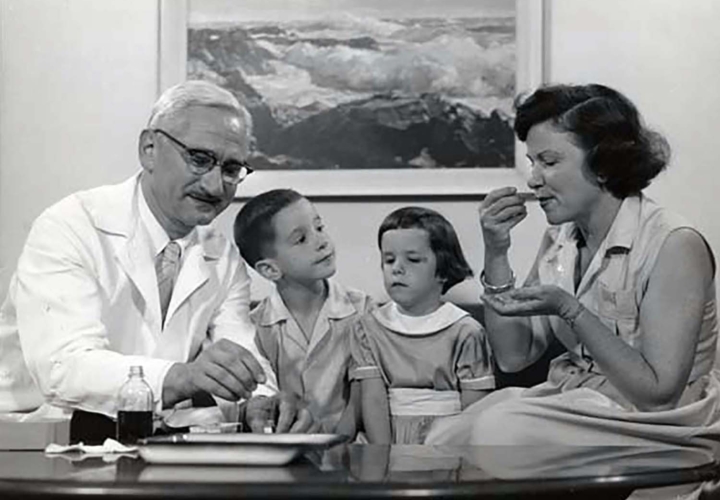UC 1819 Staff had an amazing time exploring CVG airport with the University of Cincinnati’s Partner Success team! During this eye-opening tour, our students, staff,…
Something special in Cincinnati
In March, the Brookings Institution and Mark Muro listed 36 cities whose tech employment exploded “in 2020 compared to the pre-pandemic years,” in part because of trends like remote work.
Who is on that list? Cincinnati.
In February, Heartland Forward and Richard Florida charted a new map of talent in the U.S. and identified a handful of Midwest metros seeing “significant improvement in both their shares of both college grads and the creative class.”
Who is on that list? Cincinnati.
And, if you picked places that had lower costs of labor, you wouldn’t go with Boston or Silicon Valley. They’re some of the costliest in the country.
No. When it comes to lower costs of labor, you know who is on that list? Cincinnati.

Clearly, something special is happening here. What is it? I call it an intentional model for creative collisions.
Thanks to the Cincinnati Innovation District powered by this university, our region is forging a better way forward in the new economy. We’re linking industry, higher education, and government together, so we can supercharge the area’s talent supply chain.
In decades past, when companies wanted to cut costs and boost profits, they’d move their supply chain where it was cheaper to produce goods.
But in today’s knowledge economy, talent is the economic driver — it’s 10 times more valuable than land. Today, companies need a pipeline of skilled workers. They need a talent supply chain.
Today, talent is how businesses win, and talent is what we’re aggregating in the CID. We’re enlisting our region’s superpower: our schools, colleges, and universities. We’re uniting the demand for well-skilled workers with the supply of well-trained graduates. We’re connecting companies with a ready-made workforce that can meet their 21st-century business needs.
Our model is working. We’ve catalyzed 75 new startups and partnered with more than a dozen corporations, including Microsoft, Kroger, P&G, and Fifth Third Bank. More are eager to join. The state has invested $100 million in the CID to accelerate Ohio’s STEM talent and research. Cleveland and Columbus have started their own districts modeled after ours. And last year, Intel announced they’re bringing 3,000 jobs to Ohio. Coincidence?
We’re proud of what we’ve accomplished in such a short period of time: launching the CID, securing buy-in from city and state leaders, attracting small, medium, and large businesses, enlisting top-tier university research, and opening an amazing physical place to convene.
Yes, something special is happening in Cincinnati.
David J. Adams is the first chief innovation officer of the University of Cincinnati and leads the Cincinnati Innovation District (CID), a purpose-built ecosystem that’s become the model for invigorating Heartland economies by connecting their talent with innovative, growing companies. Thanks to his leadership, the CID is on the path to creating 20,000 new knowledge jobs, accelerating 15,000 STEM graduates and generating $3 billion in annual economic impact. A former software executive, David’s experience spans the public and private sectors. He’s served as chief administrative officer of the University of Louisville and as a founding executive for a billion-dollar software business, where he helped popularize the term “supply chain.”
Latest Articles


Experience gained at the largest Department of Defense unclassified cyber defense exercise is helping a UC institute develop a premier operation in Ohio.

For decades, University of Cincinnati researchers who also were affiliated with UC Health have pioneered medical breakthroughs that have transformed the landscape of health care.
Connect with the District

